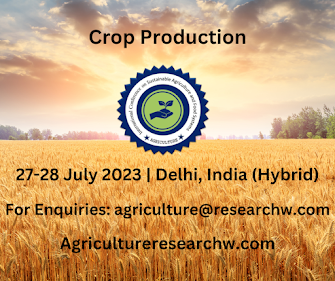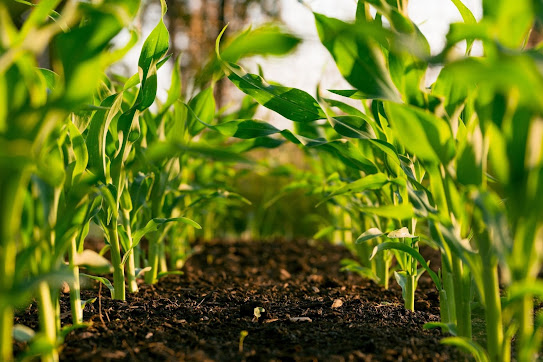Crop Production

Crop production plays a vital role in sustaining global food security and supporting economies around the world. It involves the cultivation of various plants for human consumption, animal feed, fiber production, and industrial purposes. Crops encompass a wide range of plants, including staple grains like rice, wheat, and maize, as well as fruits, vegetables, oilseeds, legumes, and cash crops like cotton and tobacco. #CropHealth #CropScience #CropDiversity For Enquiries: agriculture@researchw.com Nomination Link: https://x-i.me/nomd1

